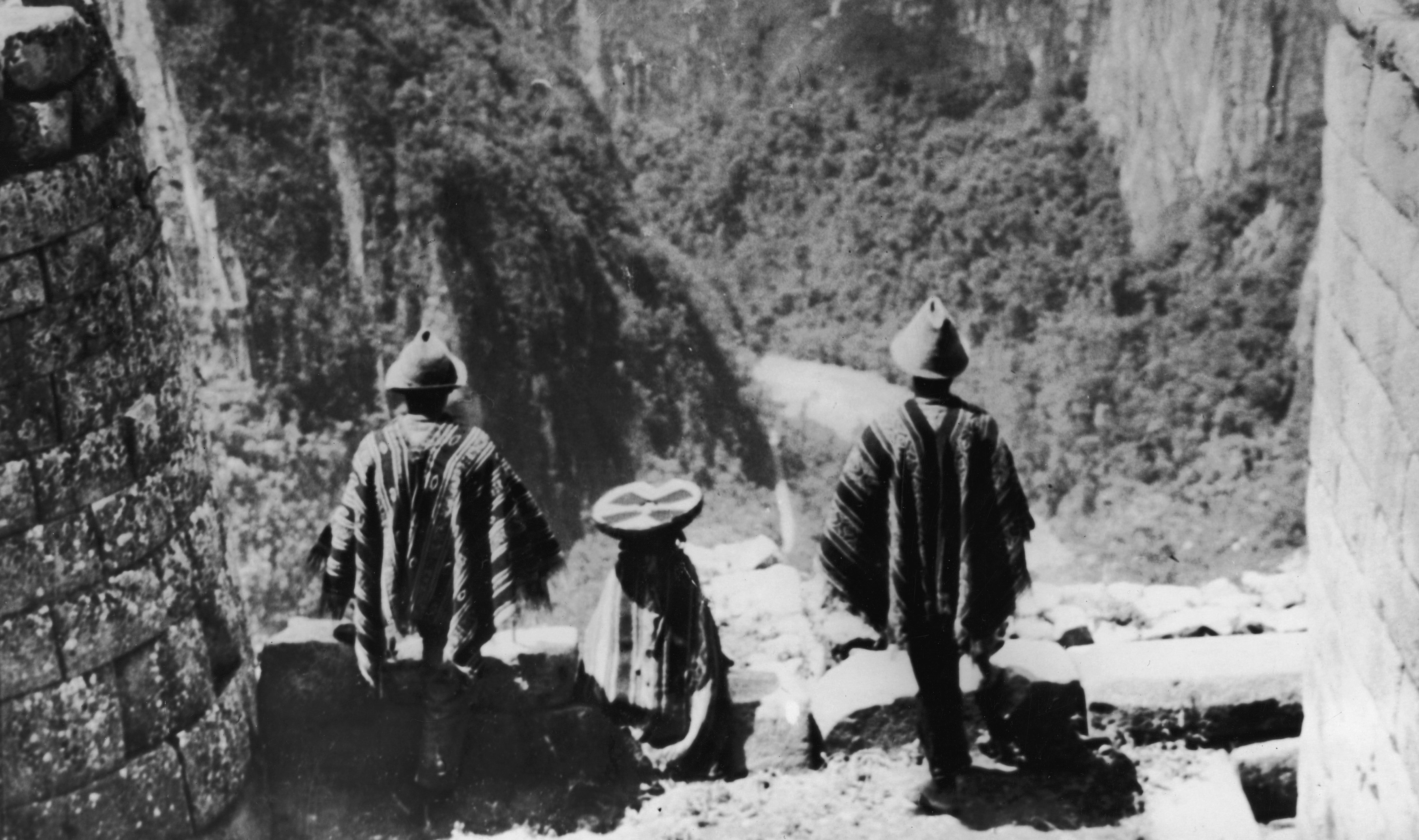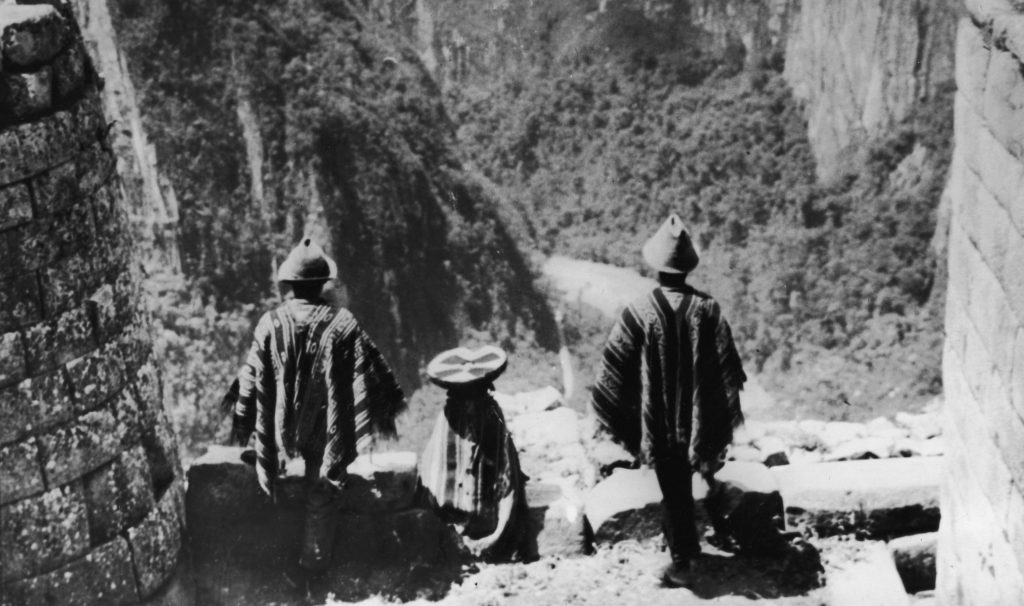Indigenous communities have been loyal protectors of the Earth from day one, while at the same time being the most at risk to such harm as global warming.
According to the BBC, “Indigenous people account for less than 5% of the world’s population—but they support or protect 80% of the planet’s biodiversity.” And yet, Indigenous elders continue the fight against climate change by developing and building systems around “land management, sustainability and climate adaption.”
The key is to combine learnings and practices across Indigenous communities. On the 50th anniversary of Earth day (April 22), five community leaders from Africa, Australia, Peru, Brazil and Finland shared how their spearheading change and fighting against global warming through daily traditional practices. There is, perhaps, something we can all learn from them today.
In Africa, across the Sahel, an Indigenous woman named Hindou Oumarou Ibrahim shared how traditional farming techniques, such as Zai (known locally as “Karal” or “Buriye”), have helped offer food security even during unpredictable weather.
“Seeds are generally planted after the main rains have ended but when the earth is still moist,” she told the BBC.
On the other hand, Wilson Ccasa—a 28-year-old farmer from the Indigenous Quechua community of Peru—has been focusing on revitalising terrace farming in the Andes to prevent soil erosion and save water.
Bedjai Txucarramae, an Indigenous leader of the Kayapo people in Brazil, leads a community that grows “56 types of sweet potatoes, 46 types of cassava, 40 types of yam and 13 types of maize” thanks to a seed bank that was put in place centuries ago.
“The varieties are the result of several centuries worth of cultivation from cloning and exchanging seeds with other villages to improve their own gene bank,” added the BBC. Such a system was put into place to offer food security despite “environmental catastrophes.”
Victor Steffensen, an Indigenous fire practitioner, also offered insight on “cultural burning,” a land management tool, that when properly managed, can keep land “healthy, improve biodiversity, generate food and prevent the spread of wildfires.”
Steffensen, who predicted Australia’s 2019 bushfires, makes it a point to visit Indigenous communities across the United States and Canada to exchange insight on fires and asks Western communities and companies to keep indigenous people and their practices in mind when wanting to cooperate.
“It needs to be a decolonising process where agencies don’t dominate and exploit Indigenous communities,” he said.
Newly released film, Wisdom Weavers of the World, documents Indigenous elders holding councils and ceremonies in November 2017 to discuss global struggles and how, in unison, we can combat climate change and other environmental catastrophes by shifting our consciousness first.
“The world is looking in the wrong directions for answers,” Alaskan Unangan leader Ilarion “Kuuyux” Merculieff told Reuters. “We have thousands more environmental organisations in existence today than we had 30 years ago and yet Mother Earth’s life support systems are coming to the edge and no one is asking why. The elders are saying that we must look inside, rather than outside, for the answers.”
As Indigenous communities fight to protect Earth, we must join them by first acknowledging such environmental dangers and support one another in this fight.




